Table of Contents
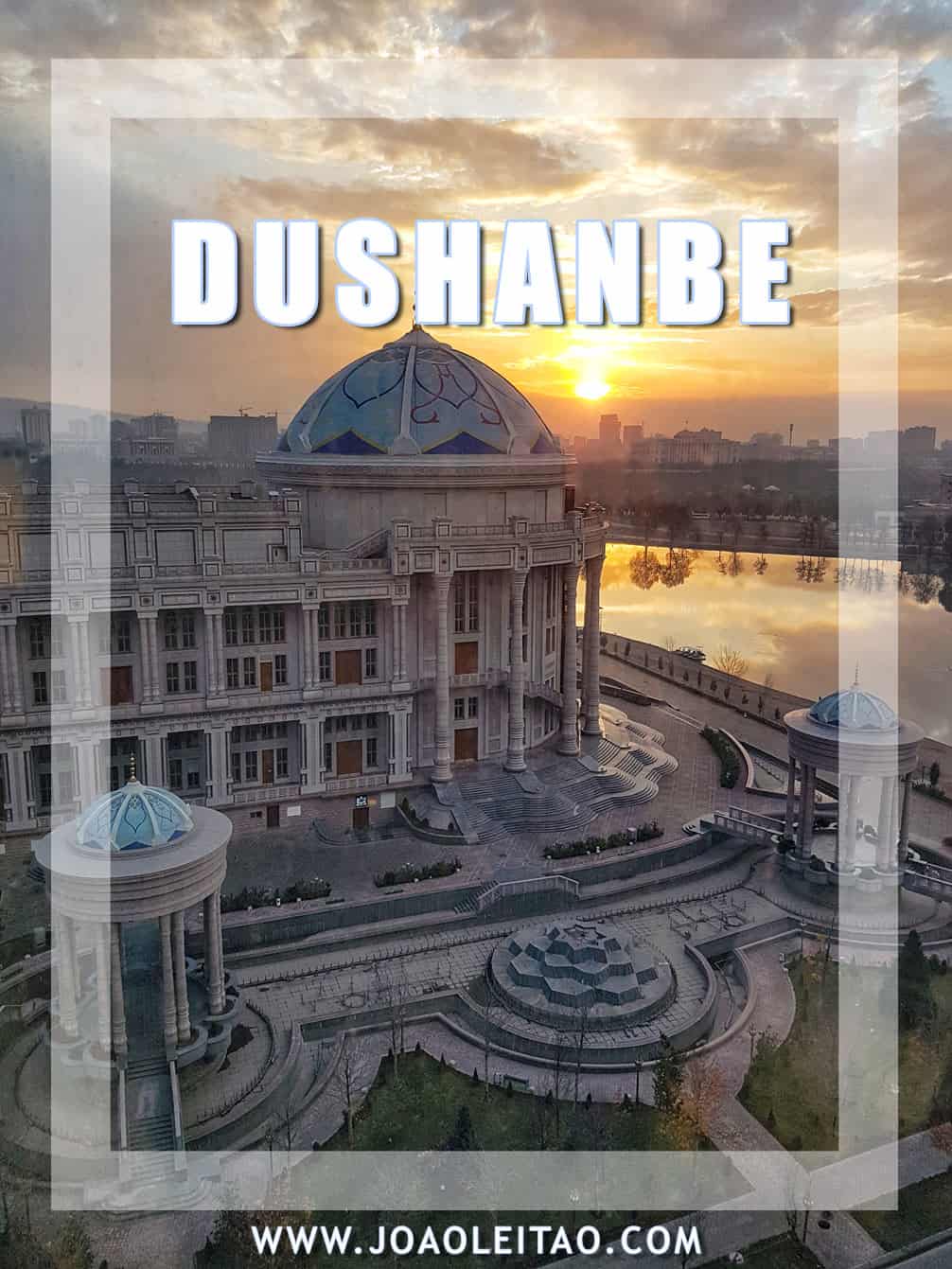
Dushanbe is the capital city of Tajikistan, in the Hissar Valley, on the east side of the country. Its past isn’t glorious. In 1924, it went from a simple village to the capital city of the Tajik Soviet Socialist Republic. It has several points of interest to keep a traveler busy for a few days.
You can’t visit Tajikistan and not include Dushanbe in your itinerary otherwise you’ll be missing out on a must-see destination.
Dushanbe’s origins are connected to the market that took place at a crossroads every Monday. The name of the city, Dushanbe, means Monday precisely. Although there are traces of a human settlement that dates back to the 5th century BC, the first historical reference dates back to 1676. There was a fortress in this location in 1875 and until the beginning of the 20th century, it wasn’t more than a small village.
The Bolshevik Revolution changed that by making Dushanbe the capital city of Tajik Soviet Socialist Republic and changing its name to Stalinabad. As part of the Soviet Union, the region was transformed into a cotton and silk production center and tens of thousands of people were brought to the city to work in that industry. Nowadays, the city has 780,000 people and is a must-see destination in any visit to Tajikistan.
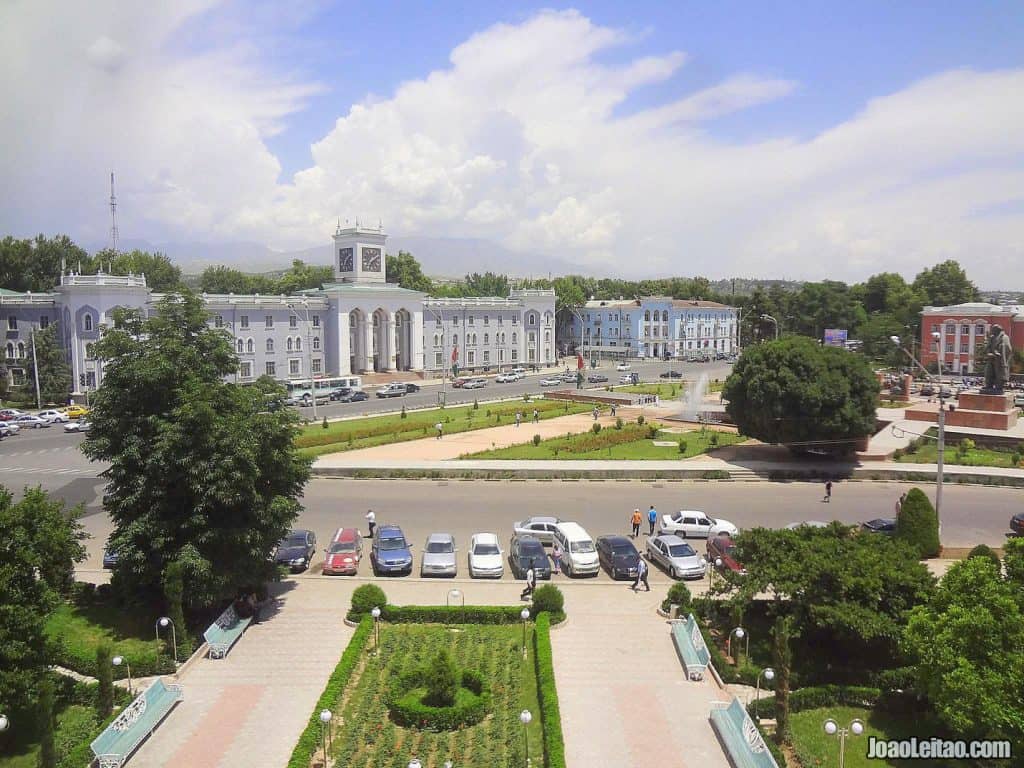
Quick travel tips to visit Dushanbe:
- Wake up early to be the first at monuments, museums, and other attractions;
- Although it’s a very cliché thing to do, you must attend an opera show;
- In the evening, everyone goes walking at Rudaki Park. Follow their lead and visit at that time too;
- Learn more about the local seasons and climate to know when to go to Dushanbe. The best time to visit Dushanbe is between April and October, which are the months with the best weather for tourism in Tajikistan;
- Don’t miss the 1500-year-old, 13-meter long clay statue of a reclining Buddha at the National Museum of Antiquities;
- There is a lot to see in Dushanbe in Tajikistan, so make sure you plan your trip well. That way you’ll have time to see all the sites at your own pace and have a memorable vacation.
Dushanbe Top 5
Rudaki Park & Presidential Park
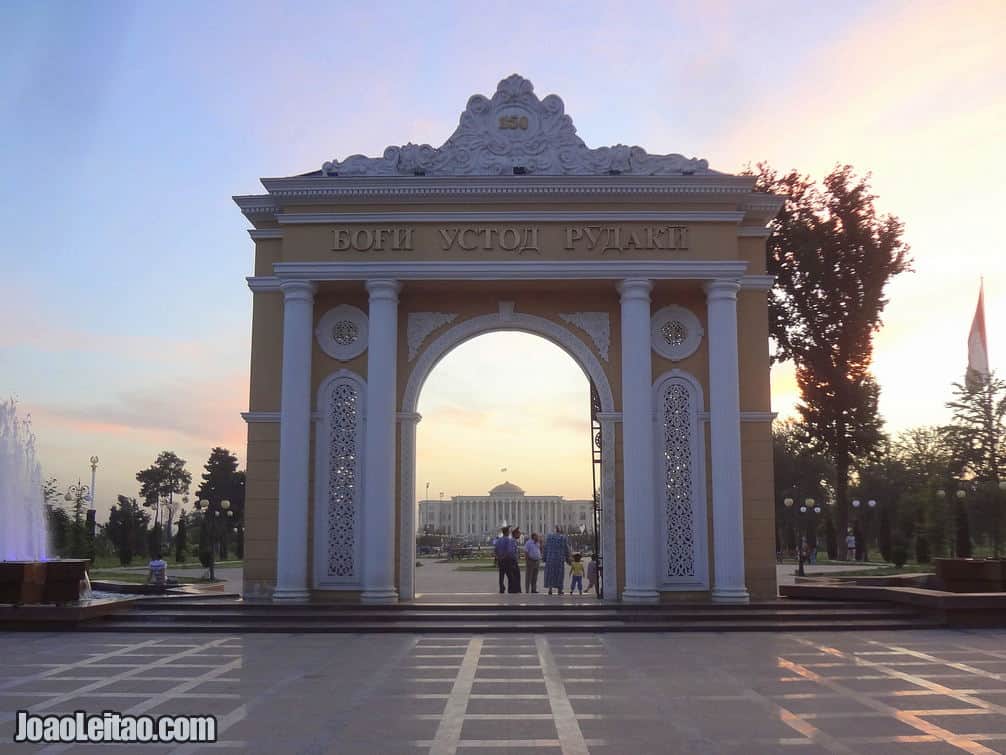
Museum of National Antiquities
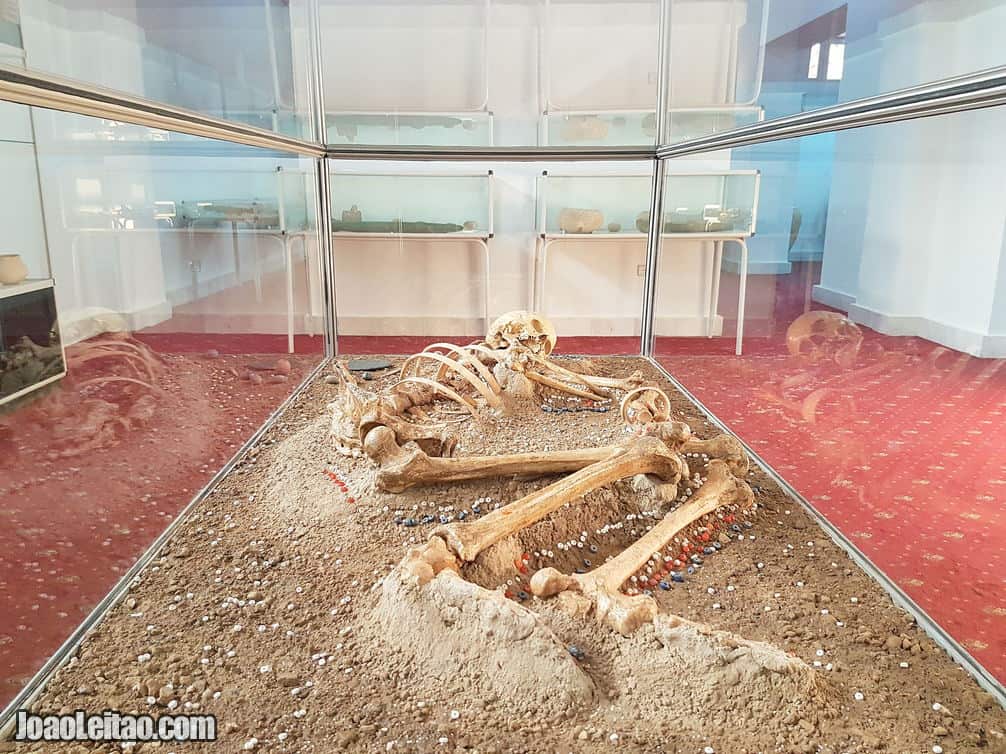
Hissar Fort
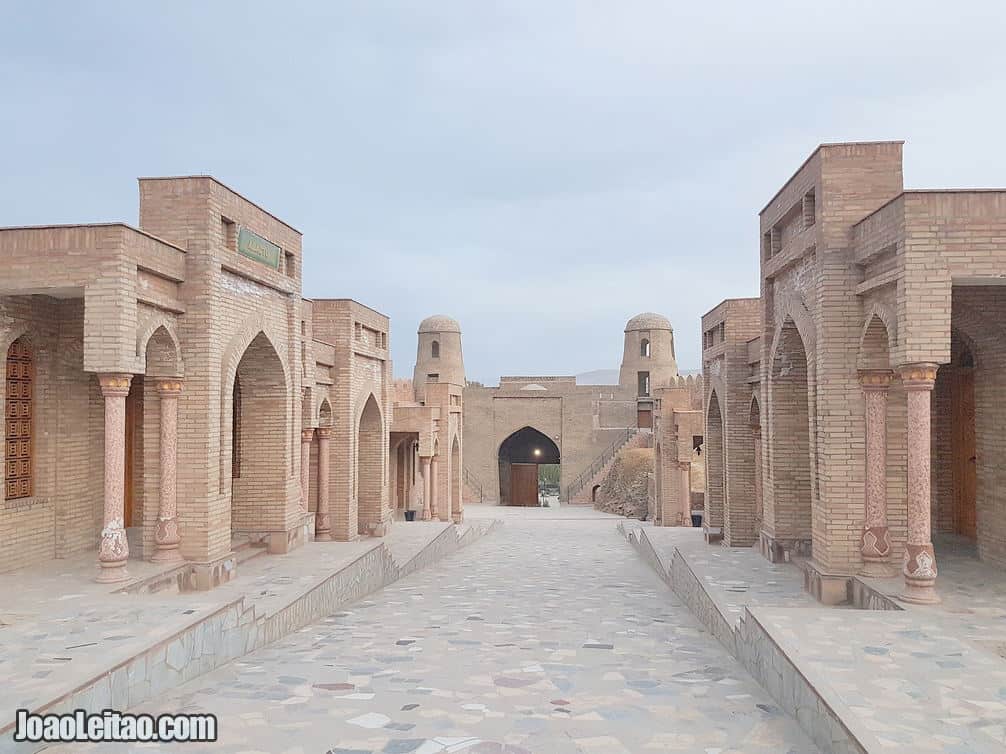
Dousti Square
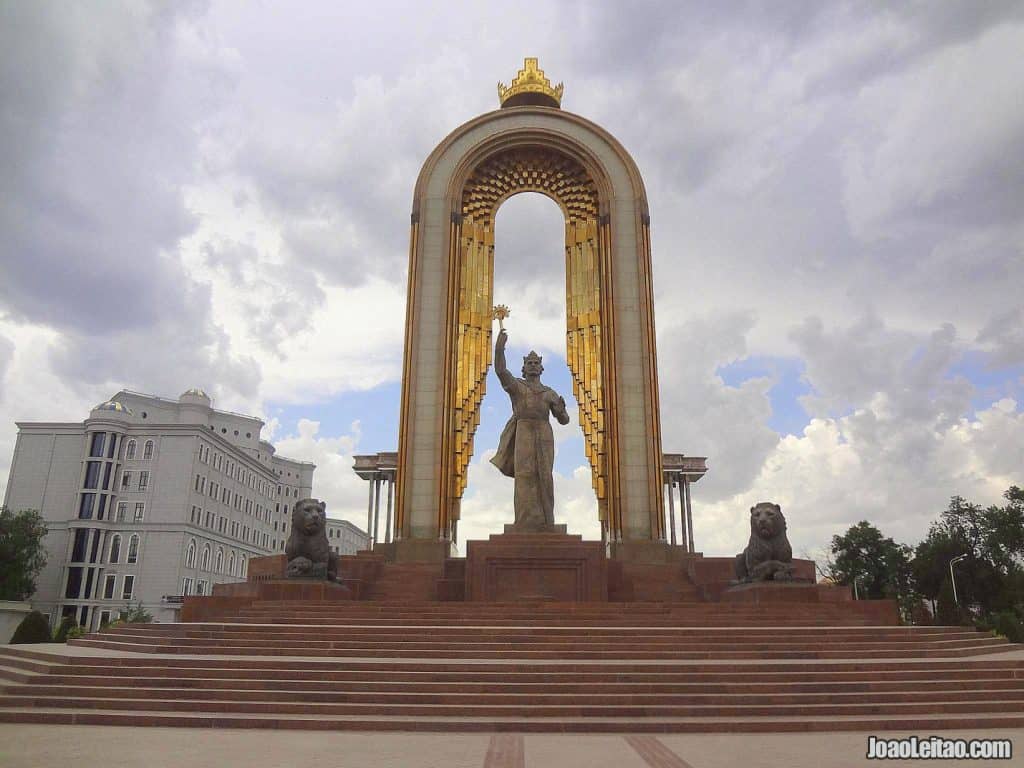
Rohat Teahouse
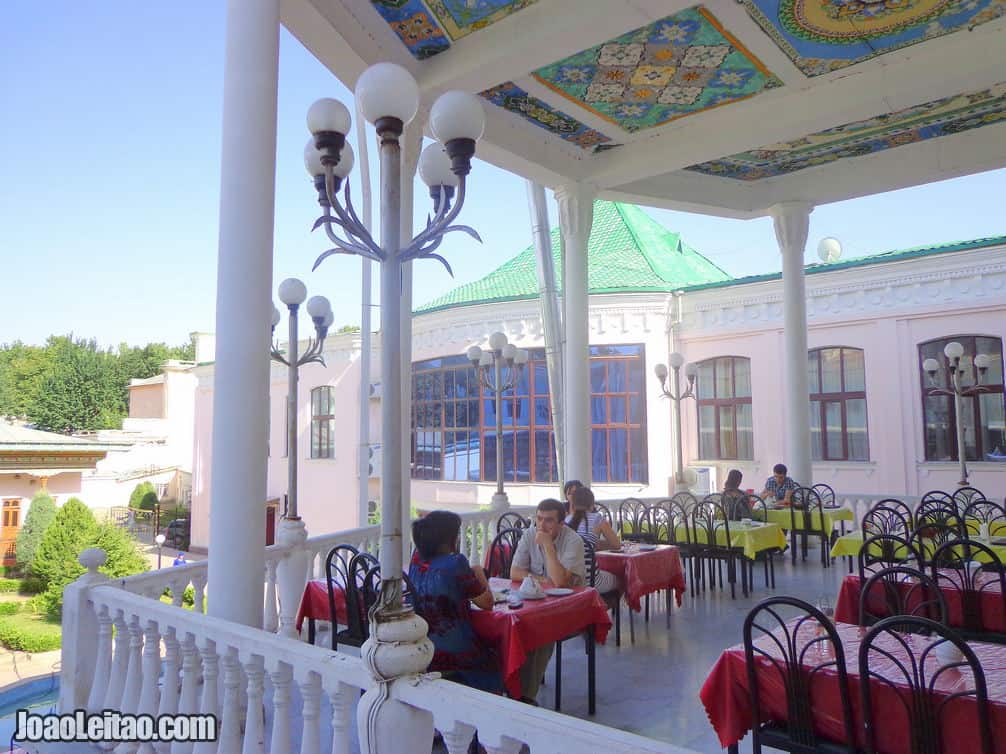
What to visit in Dushanbe
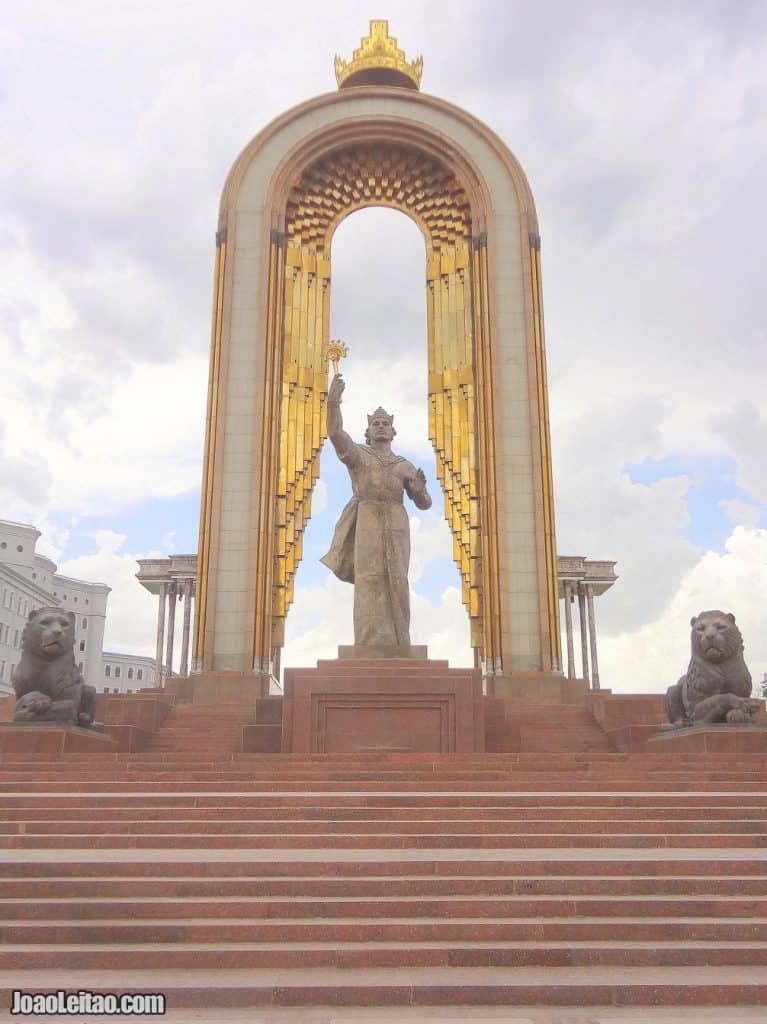
Most famous sites
- Museum of National Antiquities
- Hissar Fort
- Rudaki Park
- Presidential Palace Park
- Gurminj Museum of Music
- Dousti Square
- Victory Park
- Ayni Opera and Ballet Theater
- Dushanbe Markets
- Ethnography Museum
- Flag Pole Park
- National Museum
- Nurek Lake
- Independence Monument
- Noor Art Gallery
- Mevlana Yakub Charki Mosque
- Palace of Nations
- Boghi Poytakht Park
- Artists’ Colony
- St. Nicholas Orthodox Church
Map of Attractions
Dushanbe City Guide
Hissar Fort
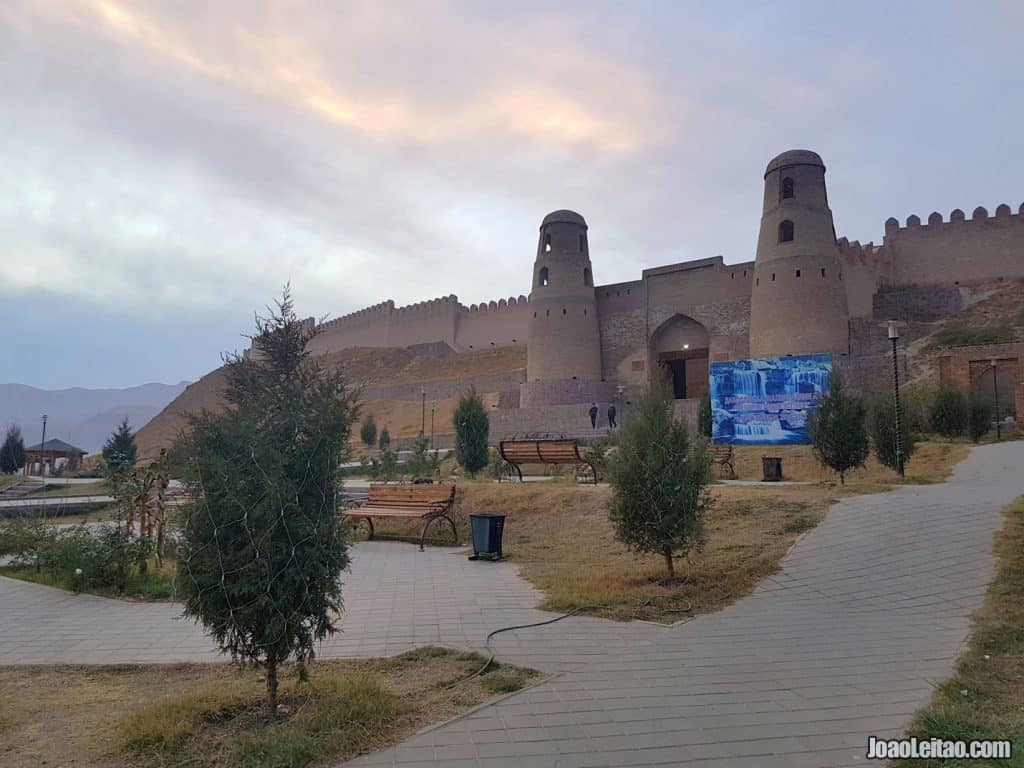
Hissar Fort is 30 km west of Dushanbe. It was built in the 18th century and destroyed by the Russian army in 1924. From the original structure, only the recently renovated gate with two towers made it to the present time. Before the Soviet Union era, the fort was the residence of the “Bek,” a deputy of the Emir. The original walls were one-meter thick with lots of slots through which the defenders could fire against the attackers. What’s left of the original fort is part of a complex that includes a mosque, the Mahdumi Abzam mausoleum (16th century), an old inn (1808), a Registan (a wide square before the gate), and two madrasas, one built in the 16th century and one more recent. The older madrasa houses a History Museum.
Dousti Square

This square is the heart of Dushanbe and its name means “Friendship Square.” The place is frequently called as just Statue of Somoni, because of the massive sculpture at the center of the square. The statue honors Ismail Somoni, who ruled at the end of the 9th century and is seen as the father of the nation. It’s 13 meters tall and it’s under a 43-meter arch. At this square you’ll also see the Star of Independence, a monument created in 2011 to celebrate the 20 years of Tajikistan’s independence. The other highlight is the country’s gigantic flag, a rectangle 60×30 meters, rising at 165 meters, and weighing 420 kg. In the evening, the fountains performing a show of sound and light are the main attraction.
Rudaki Park
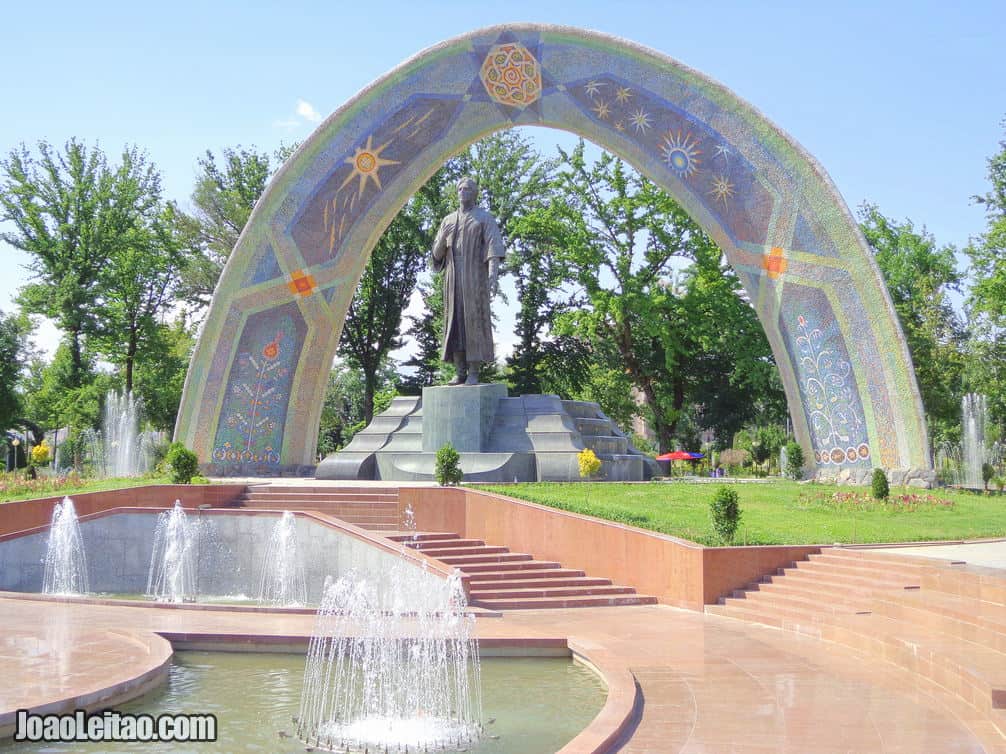
From the Dousti Square visit the adjacent Rudaki Park and enjoy the beautiful lush green scenery.
Victory Park
You’ll have beautiful views over Dushanbe from Victory Park. There used to be a cable car that took people to the top, built in the Soviet era, but it’s been inactive for years. I recommend the on-site café to enjoy the sunset with a drink. The Victory Park also has a Soviet monument in honor of the people who died during the Second World War or, as it’s known on former Soviet Union countries, the Great Patriotic War. It includes an eternal flame and the engraved names of the Tajiki soldiers who received the Hero of Soviet Union medal. The Park was officially inaugurated to commemorate the 40th anniversary of the end of the war but it already existed since 1975. The best way to reach the park is by taking a taxi in Dushanbe.
Ayni Opera and Ballet Theater
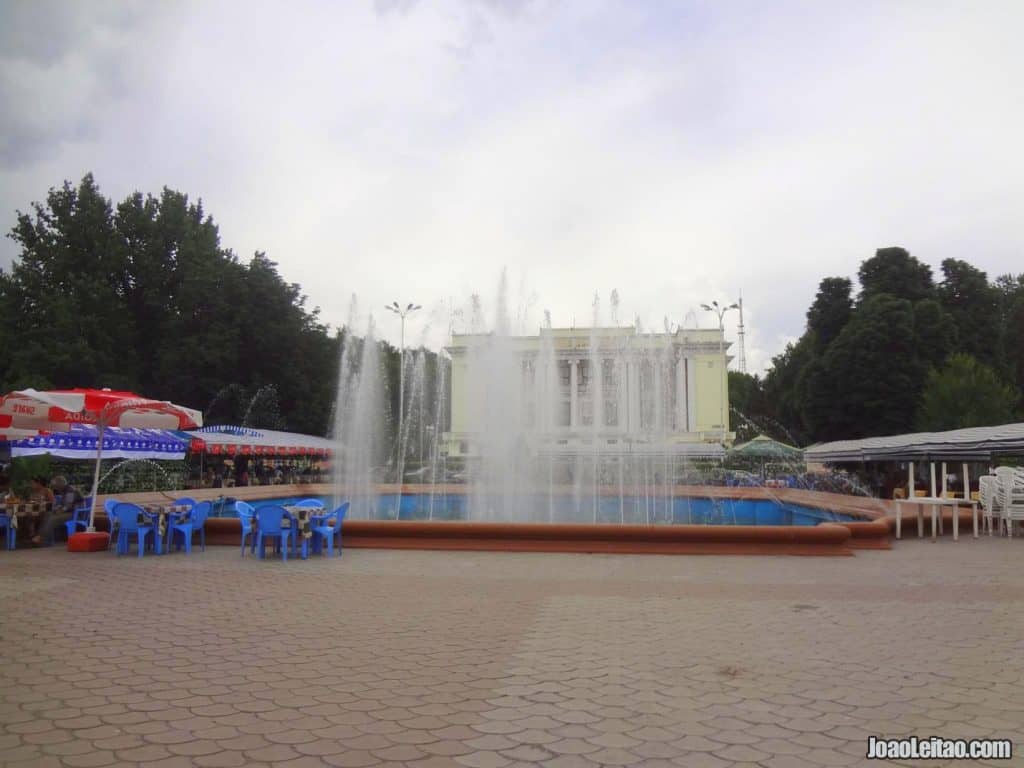
The Ayni Opera and Ballet Theater was built in the early 1940s in the middle of the Second World War. It’s at Rudaki Avenue, Dushanbe’s main street. Operas in Russian and Tajiki have been playing here since it opened. The beautiful building was renovated in 2009 and the gardens around it were restored in 2013. An evening at the opera is an excellent option for travelers in the city and the tickets are easy to buy at the ticket office. The prices are usually low, even more so on the frequent occasions when a big company or a foreign embassy is sponsoring the show. There is a dress code to attend the show.
Dushanbe Markets
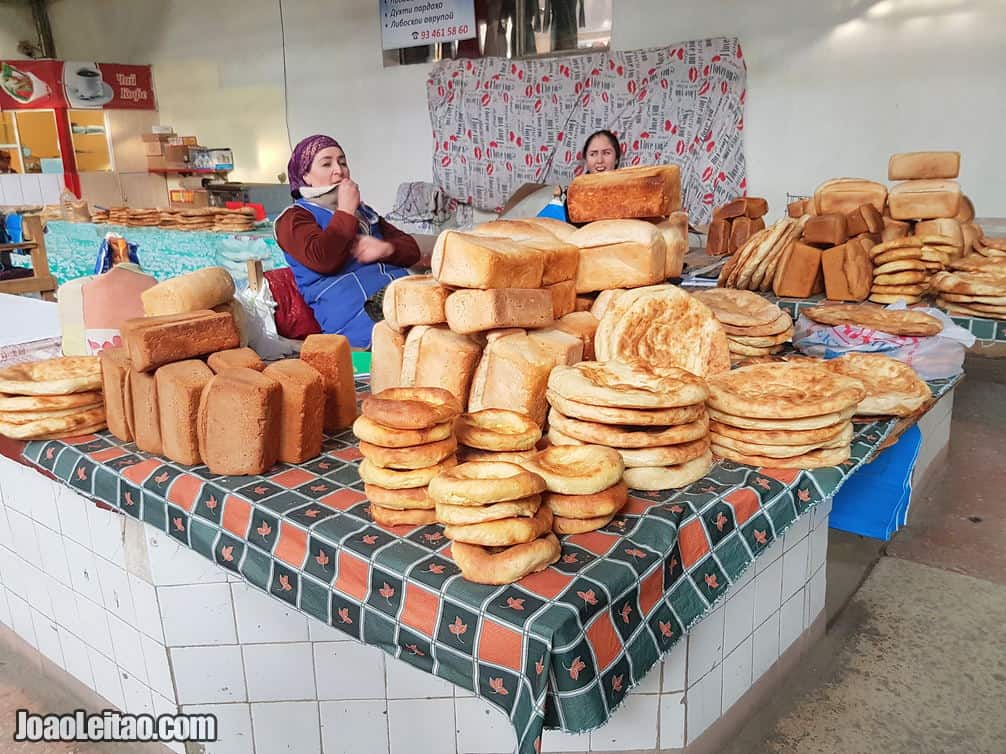
As elsewhere in Central Asia, markets are a must-see. At the country’s capital city, there are some interesting markets including the Shah Mansur, also known as Green Bazaar, the largest of them all, in the city center, where you can buy all sorts of food products. The architecture of the main building alone is worth the visit. The Korvon Bazaar is further from the city and you need to travel there either by Mashrutkas or taxi. It’s a cheaper market with a large section for textiles. There are many more markets, of course, with a more local vibe, smaller, and more authentic.
Nurek Lake
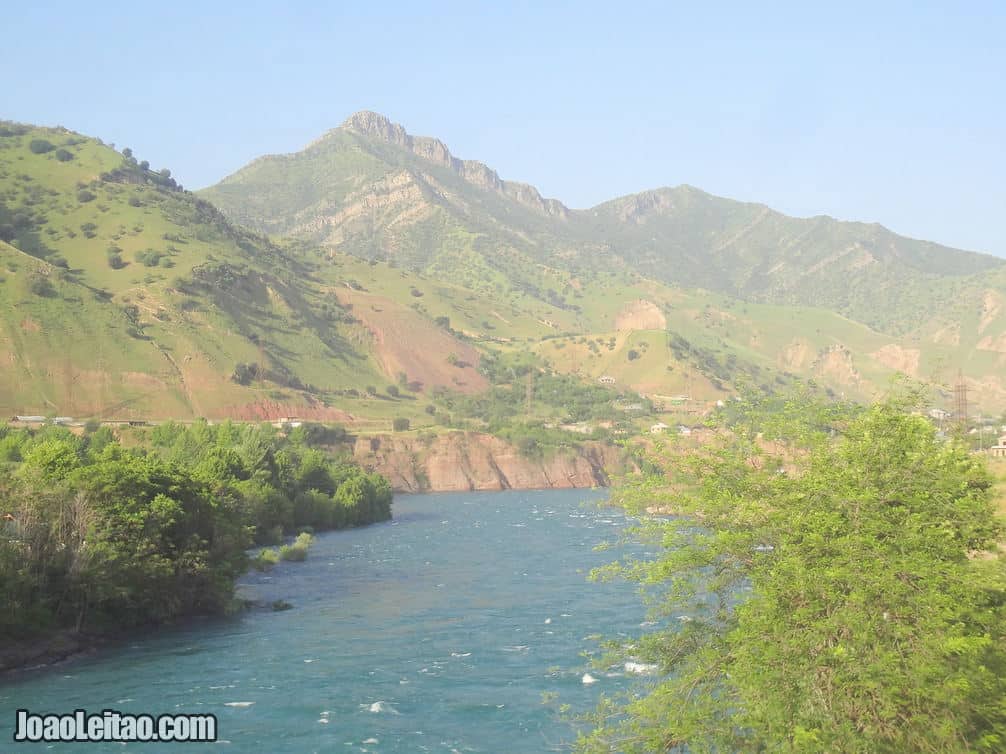
This artificial lake was created when the second tallest dam in the world was built, 80 km southeast of the Tajik capital. The body of water stretches for 70 km and its gorgeous shade of blue is a beautiful backdrop for long walks on the lakeshore. It’s a popular area for country houses and you can see many floating houses on the shores of Nurek Lake. The area is crucial from a strategic viewpoint, which means you can only visit with a special permit for security reasons. That can be fixed by hiring the services of AquaClub, a kind of resort that offers all sorts of tour packs including boat trips from Dushanbe and several water sports.
Museums in Dushanbe
Museum of National Antiquities
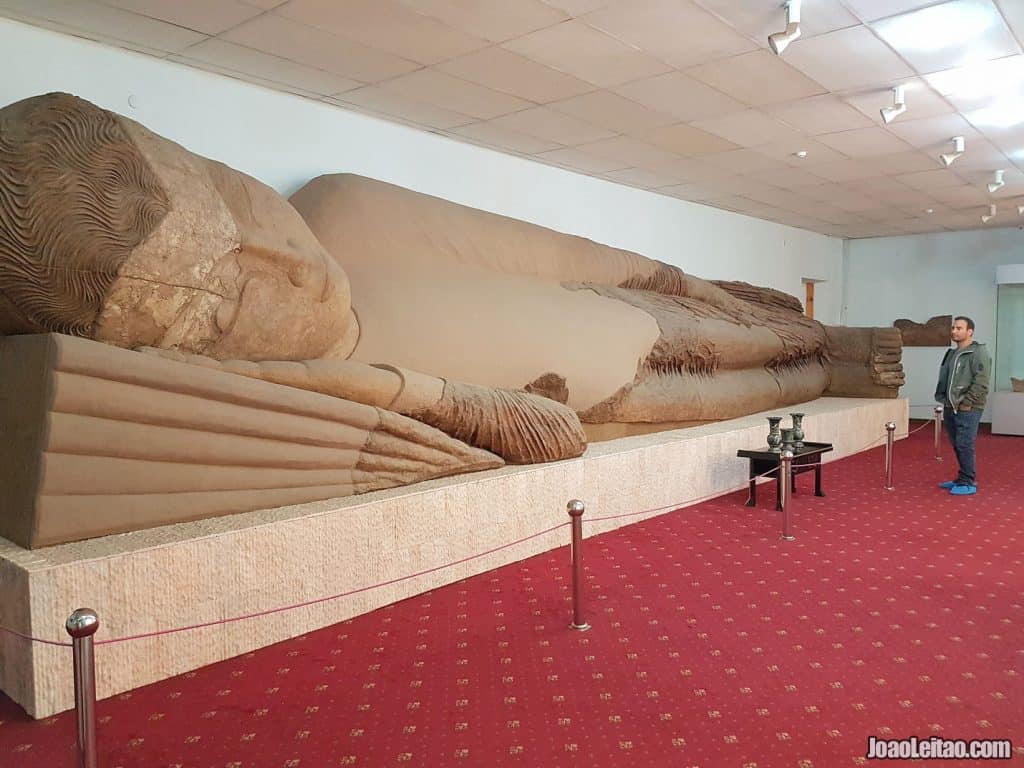
The Museum of National Antiquities is somewhat obsolete, but that only adds to its charm, turning it almost into a piece of its own collection. It began in 1934 when the local branch of the USSR Academy of Sciences inaugurated an exhibition with about 500 pieces. The collection grew over time with archaeological findings from excavations all over Central Asia. After the independence, in 1996, funds were spent in creating a standalone museum at a two-floor building in the city center. The exhibition is organized into historical periods, where the oldest pieces date back to 4000 BC. One of the must-sees is the massive 13-meter long Buddha, found in the 1960s at the excavations in Ajina-Tepe.
Gurminj Museum of Music Instruments
This museum was founded in 1990 by musician and actor Gurminj Zavkibekov. He passed away in 2003 and his son Iqbol Zavkibekov, who is also a musician, took over the museum. The museum includes about 100 music instruments, mostly string instruments, representing the Pamiri and the Badakhshani musical tradition. Unfortunately, there aren’t any informative labels. The museum also organizes events and recitals.
Ethnography Museum
This museum shares a building with the more famous Museum of National Antiquities. The Ethnography Museum is a lot smaller but has a gorgeous collection. The top pieces are the traditional clothes, some jewelry pieces, and the fabrics known as “atlas,” produced using a traditional method and dyed with natural pigments. Unfortunately, you’re not allowed to photograph inside the museum.
National Museum
One of the top features of the National Museum is precisely the building, modern, with an ellipse roof, and a grand foyer. The exhibition is organized into three sections: Natural History, Archaeology, and Fine Arts. One of the highlights is the replica of the Buddha found at the archaeological excavations in Ajina-Tepe. The age of the Soviet Union is represented by a mere collection of bank notes and the post-independence era, despite far more documented, is marked by just a collection of photographs. To photograph inside the museum, you have to pay an extra fee.


